“Restoring the Respect” in schools: 8 questions about mediation with author Ondine Gross (Post 2 of 2)
April 14, 2016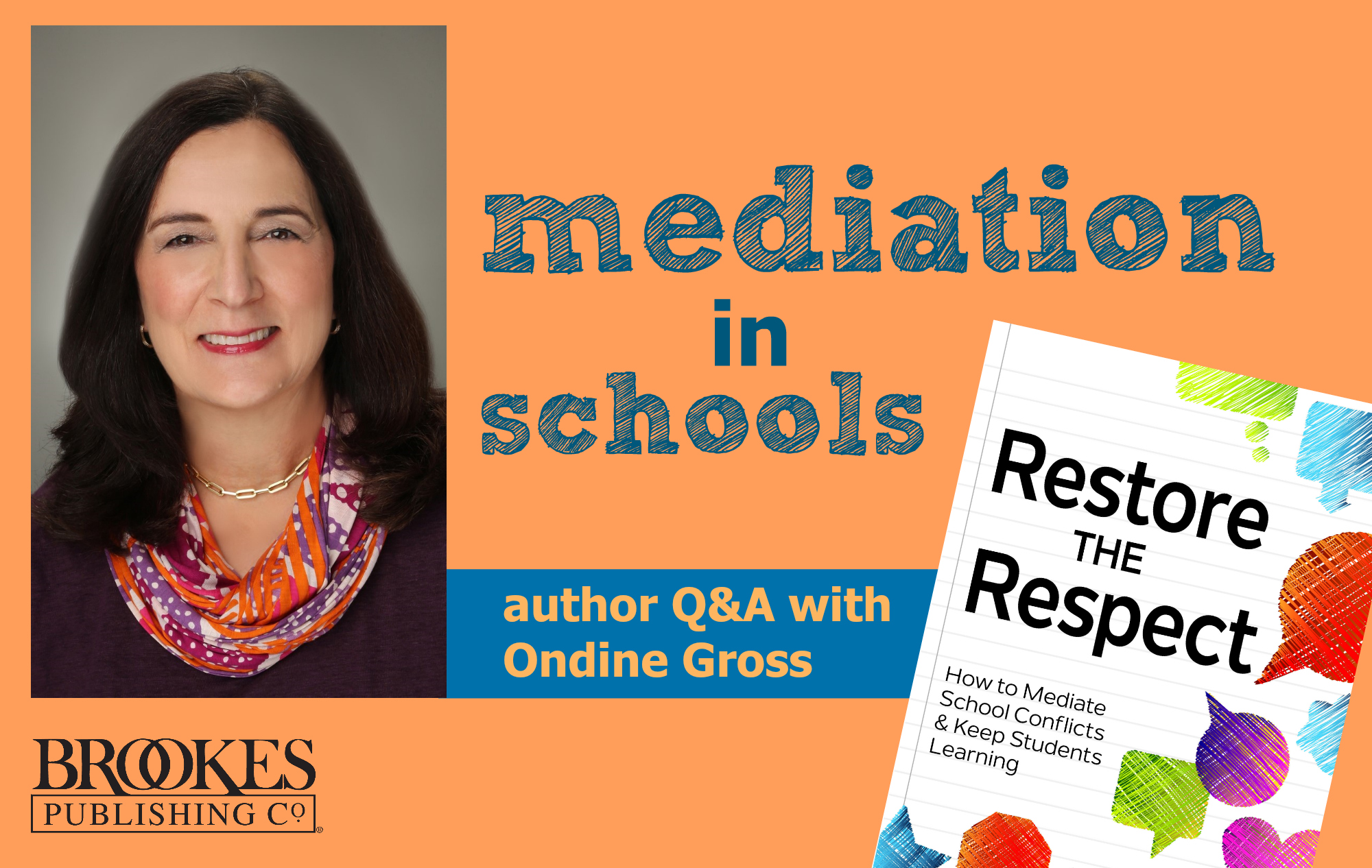
On Tuesday, the Inclusion Lab welcomed Ondine Gross, author of the excellent book on mediation in schools, Restore the Respect. Ondine introduced her mediation technique and shared a success story that showed this highly effective conflict-resolution strategy in action. Today, she’s back to answer some questions about mediation—how it benefits teachers and students, what skills successful mediators need to cultivate, how schools can tell if mediation is working, and more.
Your mediation strategy is quite different from the disciplinary systems found in many schools. What would you say are the primary problems with traditional forms of discipline?
 For many students, the traditional forms of discipline work just fine. These students “learn their lesson” following a reprimand, a trip to the office, a chat with an administrator, a detention, or even a suspension, and will not repeat the problematic behavior again.
For many students, the traditional forms of discipline work just fine. These students “learn their lesson” following a reprimand, a trip to the office, a chat with an administrator, a detention, or even a suspension, and will not repeat the problematic behavior again.
For those students whose behavior does not improve as a result of a disciplinary consequence, we can surmise that the punishment and removal from the classroom are ineffective, and more teaching and understanding are needed. Our most vulnerable students are repeatedly punished, they are not given a pathway to improve, and the root causes of their behavior are not fully explored or understood. Research shows a disturbing disproportionality insofar as it is African-American students (especially males) and students with disabilities that are most frequently excluded from learning environments.
What are the major benefits—for students and for educators—of resolving conflict through mediation?
Having conducted over 200 teacher-student mediations, I am amazed at how much damage a simple misreading of a situation can cause, and how one 50-minute mediation can repair and restore a relationship. When someone feels not only that they are heard and understood, but also that someone truly cares about their feelings, that experience will not be forgotten. This quote from Maya Angelou resonates perfectly: “I’ve learned that people will forget what you said, people will forget what you did, but people will never forget how you made them feel.”
Data presented in Restore the Respect indicate that mediation can be highly effective:
- An average of three years of data indicated that 82% of students who participated in teacher”“student mediation had no further disciplinary referrals from that teacher.
- In one year, 88% of the students who participated in student mediation had no further disciplinary actions derived from conflict with one other.
Some additional benefits:
- Teachers discover how to work more effectively with a student, colleague, and parent.
- Students broaden their knowledge of another person’s perspective and learn valuable social skills.
- Adults improve collegiality and productivity when they have a safe way to communicate, clarify misunderstandings, and find common ground.
Here’s another question: What are the costs of not improving these school relationships? The answer is decreased student achievement. Also: prolonged stress, avoidance, withdrawal, possible health problems, more conflict, and the potential for aggression…and those costs apply whether we are referring to teacher-student conflicts, student-student conflicts, or adult conflicts!
What would you say to teachers and administrators who may be intimidated at the thought of changing the way they approach discipline?
I would say to teachers and administrators that Restore the Respect does not propose that mediation replace discipline. Rather, mediation can be offered as an adjunct to discipline. Administrators usually welcome the opportunity to offer a positive, restorative, and skill-building intervention to students, teachers, and families who are worn down by repeated school difficulties.
Like all things human, mediation is imperfect—however, when it works, it is transformative. Teachers and students have a collaborative opportunity to uncover issues, repair damage from a misbehavior or misunderstanding, develop solutions, and press the “refresh” button on their relationships. If the use of the word “mediation” to describe these meetings sounds intimidating, I suggest that schools simply refer to these interventions as “Restore the Respect Meetings” or another name the school may deem suitable.
Does switching to mediation involve a significant time/resource commitment, or just a shift in mindset?
Surprisingly, mediation does not involve a significant time and resource commitment because school staff members are already spending time and resources on students who are struggling in their social-emotional and academic adjustment. Mediation is a different and potentially more effective use of that time because it directly and efficiently addresses the conflict with the two people most impacted, and provides them with a path toward improvement. The up-front investment of time pays dividends when permanent behavioral improvements are obtained.
As the sole school psychologist in a school of approximately 1,450, I too wondered if it would be possible to add mediations to my already busy and hectic schedule. I found that conducting one or more 50-minute mediations per week was very doable, and the results from the data made it well worth the time. Often, student mediations took an even shorter time of 10-20 minutes to resolve a conflict.
Now, let’s address the question of whether using mediation in schools requires a shift in mindset:
There is already an ongoing shift in mindset occurring across the country, whether or not mediation is used in a school. I cite research, including the 2014 U.S. Department of Education report titled Guiding Principles: A Resource Guide for Improving School Climate and Discipline, that extolls the benefits of providing school-wide, positive, multi-tiered systems of support (MTSS).
I discuss my own shift in mindset as I came to understand the value of “systems.” For readers wishing to learn more about this shift, I devote a chapter to how, in 2011, Centennial High adopted a MTSS and created and monitored interventions and supports at the Tier I, Tier II, and Tier III levels. I use the word “created” on purpose, as one of the virtues of introducing MTSS is that a school does not need to adopt a “one-size-fits-all” model, but can instead select the appropriate interventions that best fit the resources, staff and needs of the school.
Shifts in mindset are multi-year processes that require training, communication and collaboration. I describe how mindsets were changed at Centennial, how we met as teams, collected and discussed data, and monitored the data to see if our interventions were effective. I provide frank feedback from administrators on the strengths and the challenges we faced and continue to face.
Given these shifts in mindset, the addition of mediation is timely and welcomed as a common-sense tool among all other positive interventions that a school may offer.
What skills do school mediators need to have or acquire in order to be successful?
Restore the Respect presents an entire chapter on the skills of effective school mediators, including the need for mediators to possess the following traits:
- Trustworthiness and impartiality
- Self knowledge and cultural sensitivity
- Emotional intelligence
- Effective communication skills
A school may select an administrator, teacher, counselor, social worker, school psychologist, other staff member, or community volunteer to conduct mediations.
All mediators must wear a “mediator hat” when conducting these meetings, remain impartial, and stay true to the principles of mediation. Because the meetings are confidential, the information obtained during the mediation will not be used to evaluate the participants.
When a school adopts your mediation technique, how do you recommend they inform students and parents about this new approach to conflict resolution?
It is a simple process to adopt and roll out mediation as a new approach to conflict resolution, and it can vary from school to school. Some schools may opt to introduce mediation in the same way they inform students and parents (and staff) about any new school initiatives: newsletters, group presentations, and websites. Other schools may wish to pilot the introduction of mediation in a more gradual way. For example, if a student has repeated disciplinary referrals from a teacher, a mediation with the student and teacher may be a suitable way to promote understanding and resolve issues in the classroom. In this example, an administrator would want to discuss the option with the teacher, student, and the student’s parent, and see if all agree that a mediation would make sense.
Reminder: mediations are a wonderful addition to any school’s intervention toolbox, but must never be imposed on teachers, students or adults. Participation in mediation is always voluntary and it is participants’ voluntariness that contributes, in large part, toward a successful outcome. Anybody willing to attend a mediation is already showing an openness to listening, learning, and finding a new path forward.
After a school embraces mediation, how should they assess and monitor results to ensure that the new strategy is effective?
Whether mediation is embedded into a multi-tiered system of supports or used as a stand-alone intervention, each school will want to select the best way to assess and monitor results for their setting. The process Centennial used is fully explained in the book, and sample tables display how data were collected and discussed at Tier II meetings. Because mediation was introduced concurrently with the implementation of Centennial’s MTSS, those readers wishing to learn the nuts and bolts of that process will have it fully explained.
Also, the Tier II Intervention Guide located in Appendix B gives examples of how mediation and additional Tier II supports offered at Centennial High are assessed and monitored. For example, a teacher-student mediation is deemed effective if there are no further disciplinary referrals written from the teacher to the student. A student mediation is deemed effective if there are no disciplinary actions taken due to disruptive behavior between the two students following the mediation.
Another direct way to assess the results of mediation is to obtain feedback from the participants. In the Mediation Toolbox found in Appendix A, readers will find a Teacher-Student Mediation Teacher Feedback Survey, as well as a Teacher-Student Mediation Student Feedback Survey. These forms ask participants to rate their experience and provide comments and suggestions for improvement. Restore the Respect also describes the use of an online teacher survey to obtain feedback.
If a school already uses positive behavior supports and interventions, how does mediation fit in with their existing system?
If a school already uses positive behavior supports and interventions, it will presumably have the infrastructure to provide the time and space for teacher-student mediations and student mediations to be added as additional Tier II supports. A school may also have a Tier II team that meets regularly in order to collect and analyze the outcome data.
As a school psychologist, I would have introduced mediation whether or not the school had tiered systems of support; however, I am very pleased to present “before and after” school-wide data that shows a significant reduction in overall suspensions and disciplinary referrals across all demographic groups resulting from Centennial’s implementation of MTSS. Teacher-student mediation, and later student mediation had the strongest outcomes among all Tier II supports. Hence, the data indicate that mediation fits in well and factored into the overall success of Centennial’s positive supports.
***
Thanks again to Ondine for being here on the Inclusion Lab this week and introducing the mediation technique in her book. We hope many more schools will start adding mediation to their conflict resolution toolbox—if yours is one of them, we’d love to hear your success stories!
ABOUT THE BOOK
This reader-friendly guidebook introduces you to an easy and effective 50-minute mediation technique for teachers and students in Grades K-12. School psychologist Ondine Gross guides you through the whole process of starting a teacher-student mediation program, conducting successful mediations, and collecting and monitoring data to measure the effectiveness of the program. You’ll also learn how to use the technique to mediate conflicts between students and between adults in schools, including staff members and parents.
Go here to explore Restore the Respect and order your copy.

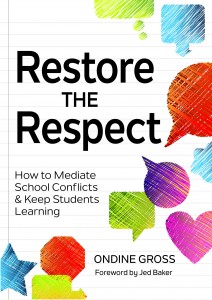
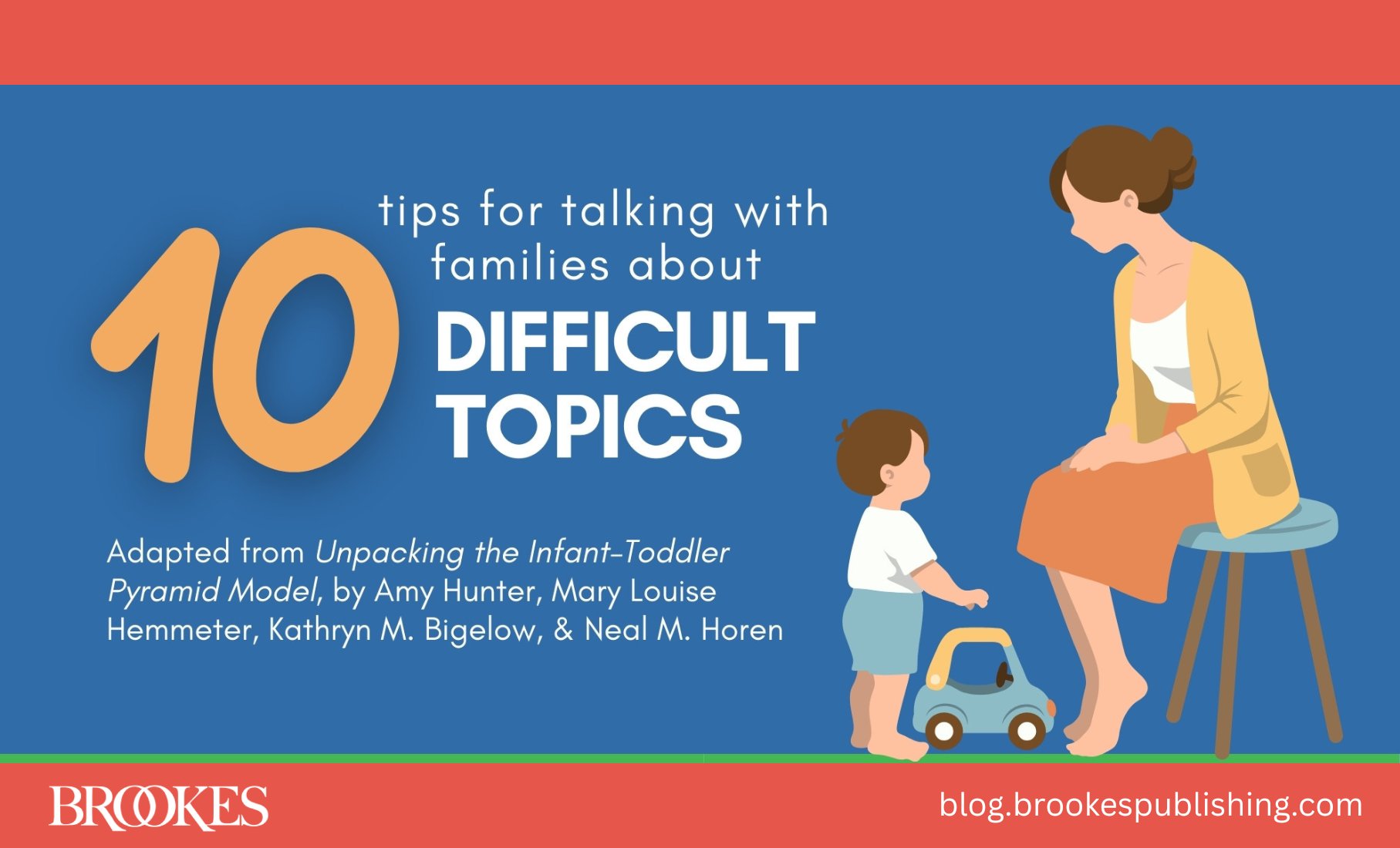
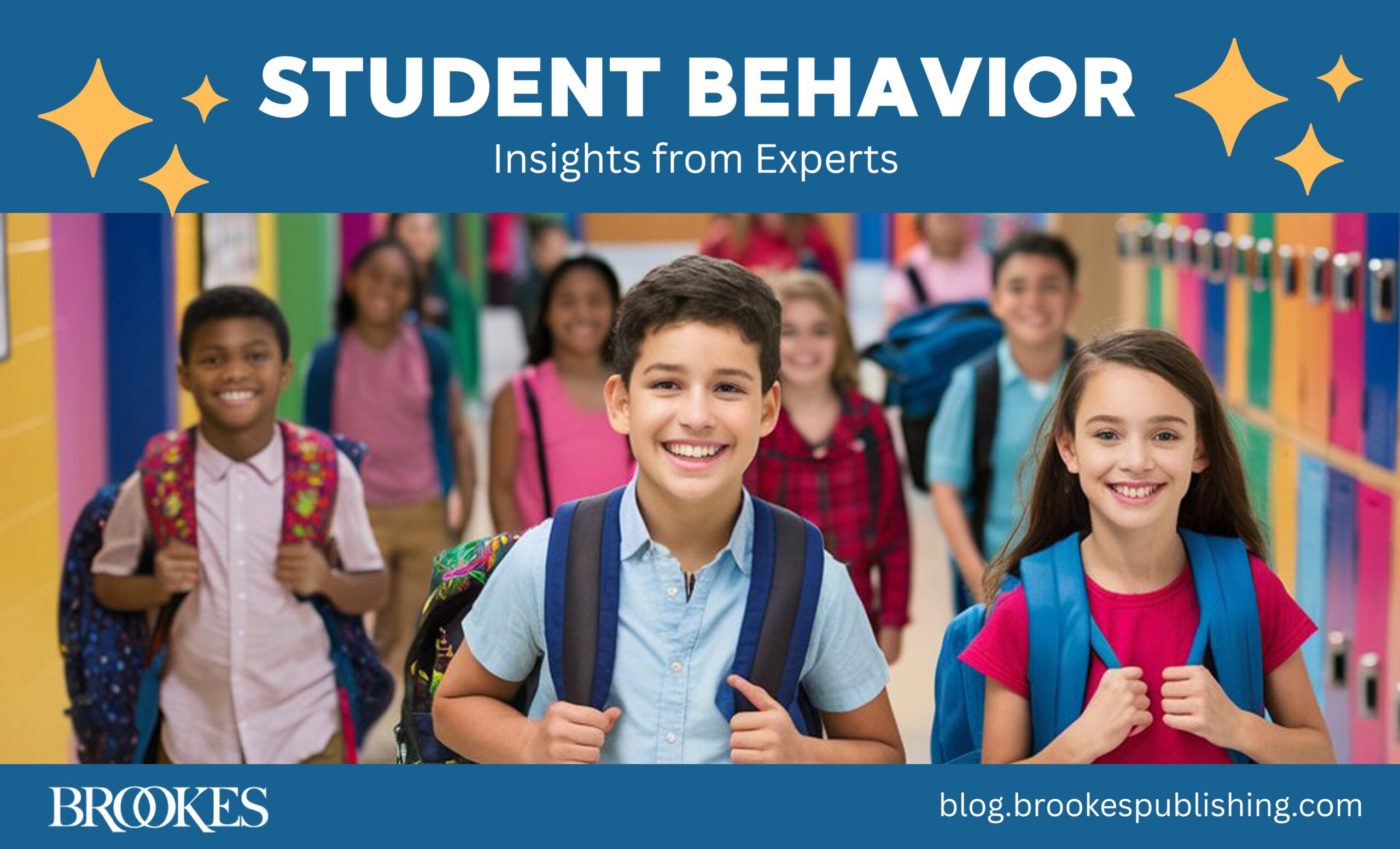
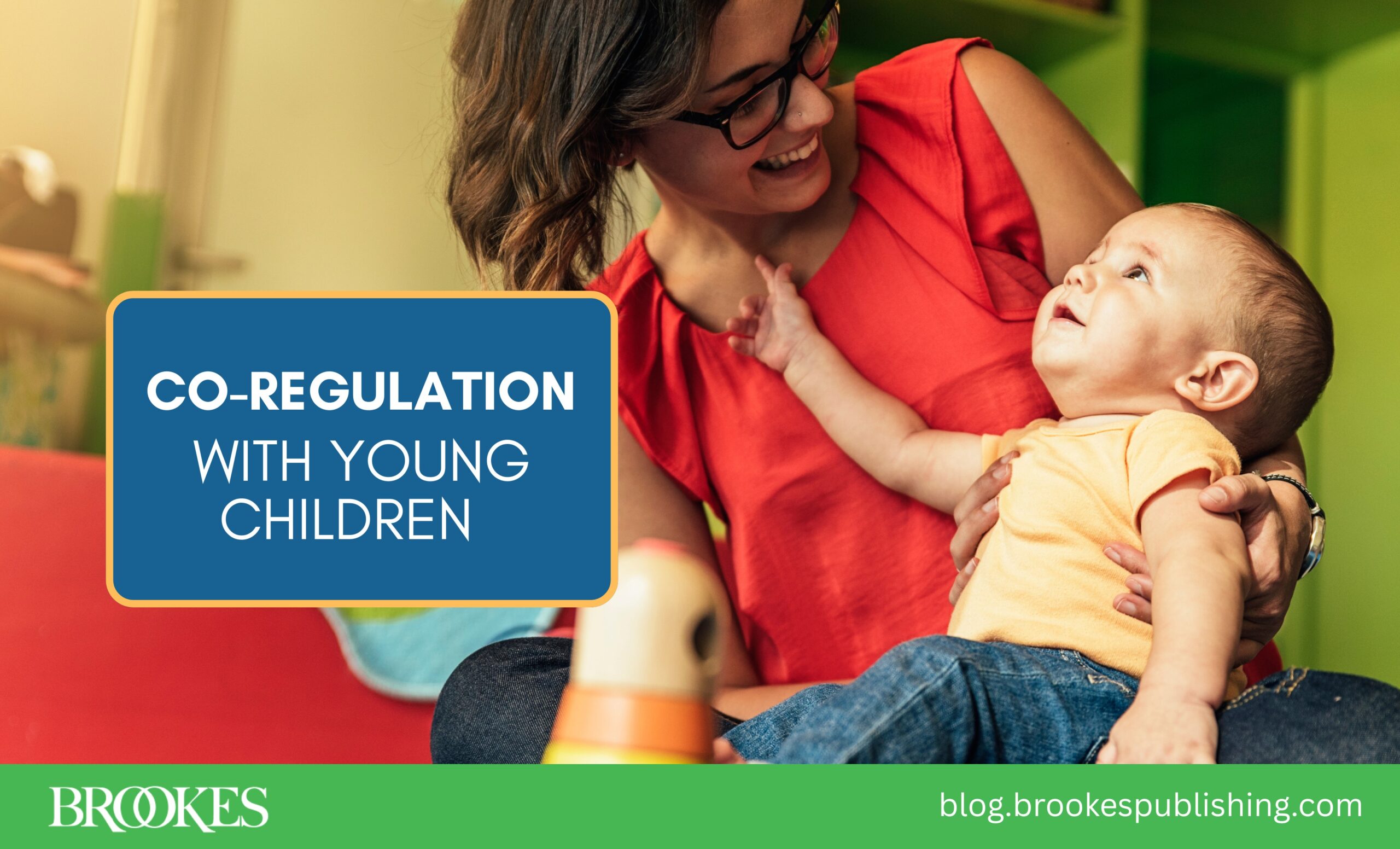
Write a Comment
Your email address will not be published. Required fields are marked *
comments
Marc says
Thank you for the information. I agree that schools should have a mediation program just to provide the students more guidance and discipline.
Post a Comment